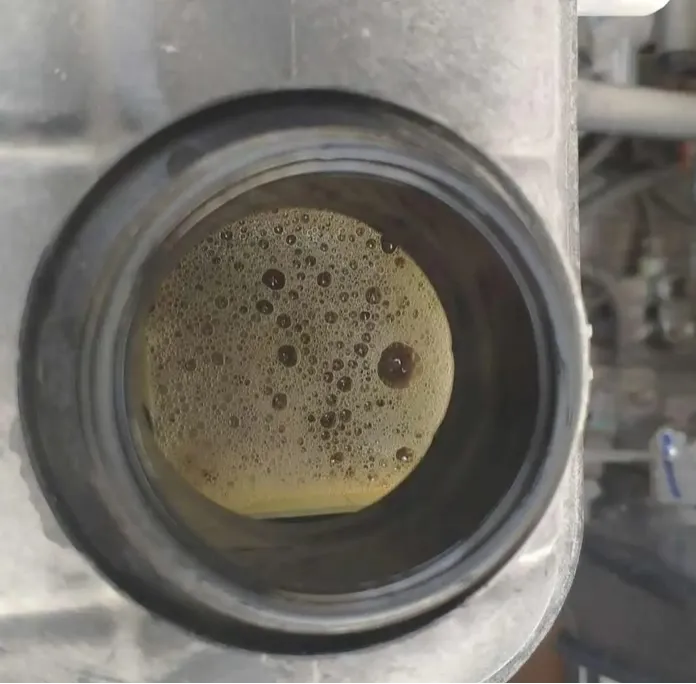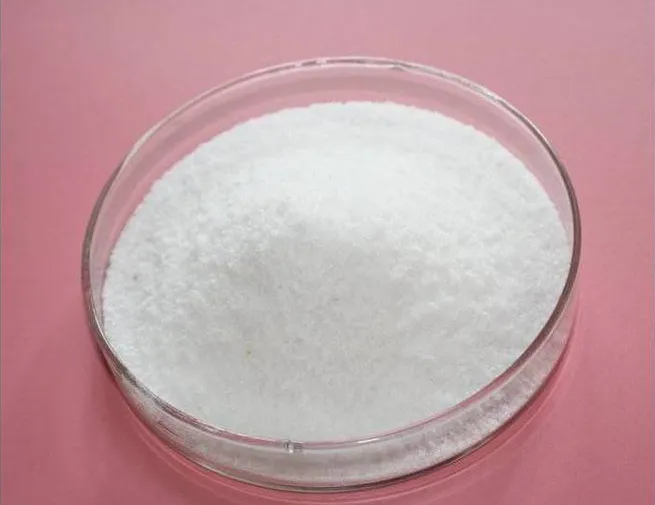
Understanding Types of Antifoaming Agents and Their Industrial Applications
Foam control is critical in numerous industries ranging from pharmaceuticals to automotive manufacturing. Excessive foam can disrupt production processes, reduce product quality, and even damage equipment. That’s where antifoaming solutions come into play. This article explores the various types of antifoaming agents, y compris natural antifoaming agents, their applications, and provides antifoaming agents examples for different industries.

Exploring Different Types of Antifoaming Agents
Antifoaming agents are substances designed to reduce or eliminate foam formation. Based on their composition and application areas, the main types of antifoaming agents include:
Silicone-based antifoaming agents – Highly efficient, used in industries like wastewater treatment, paints, and chemicals.
Oil-based antifoaming agents – Composed of oils such as mineral or vegetable oils blended with hydrophobic particles.
Powdered antifoaming agents – Typically used in powder-based products like detergents and cement additives.
Water-based antifoaming agents – Suitable for use in water systems like cooling towers or food processing.
Natural antifoaming agents – Derived from plant-based oils or waxes, ideal for eco-friendly or sensitive applications like food, cosmetics, and pharmaceuticals.
Among them, natural antifoaming agents are gaining popularity due to increasing environmental regulations and the demand for sustainable manufacturing processes.

Common Antifoaming Agents Examples and Industry Uses
Foam can occur in a wide variety of processes, and choosing the right agent depends on the specific needs of the industry. Here are some common antifoaming agents examples used globally:
Silicone emulsions – Popular for wastewater treatment, paints, and coatings.
Polypropylene glycol (PPG) – Used in paper manufacturing and fermentation.
Vegetable oil-based agents – These are excellent natural antifoaming agents for the food and pharmaceutical industries.
Hydrophobic silica-based powders – Ideal for dry formulations in detergents and cement.
Mineral oil with fatty alcohols – Used extensively in industrial processes like metalworking.
A notable application is the anti foaming agent for coolant systems. In automotive and industrial machinery, foam in coolant can reduce heat exchange efficiency, cause overheating, and damage the system. Using a reliable anti foaming agent for coolant ensures smooth operation, extends equipment life, and improves cooling efficiency.
In the healthcare industry, anti foaming agent pharmaceutical products are critical. They are applied during drug manufacturing, fermentation, or formulation of syrups and injectables to prevent foam that can interfere with accuracy, consistency, and quality.
The Role of Antifoaming Chemicals Across Industries
Antifoaming chemicals are indispensable in processes where foam leads to operational inefficiencies. Their primary role is either to prevent foam formation (antifoaming) or to eliminate existing foam (defoaming). Industries that rely heavily on these chemicals include:
Pharmaceuticals – Foam control during drug formulation with anti foaming agent pharmaceutical grade products.
Automotive – Especially for cooling systems where an anti foaming agent for coolant is vital.
Food and Beverage – To control foam in brewing, fermentation, and food processing.
Wastewater Treatment – Foam can hinder biological treatment and overflow issues.
Paints and Coatings – Ensures a smooth finish without bubbles or defects.
When selecting produits chimiques anti-mousse, companies must consider factors like compatibility with the medium (water or oil-based), temperature stability, environmental impact, and the specific type of foam generated.
If you're searching for examples of antifoaming agents for your business, it’s important to match the agent type with the exact process requirements. For instance, pharmaceutical manufacturers prioritize purity and food-grade certification, while the automotive industry focuses on thermal stability and chemical resistance.
FAQs About Antifoaming Agents
Q1: What are the most common types of antifoaming agents?
A1: Silicone-based, oil-based, powdered, water-based, and natural antifoaming agents are the main types, each suited for different industries.
Q2: Can you give some antifoaming agents examples?
A2: Yes, common examples of antifoaming agents include silicone emulsions, polypropylene glycol, vegetable oil-based products, and hydrophobic silica powders.
Q3: What is the role of an anti foaming agent for coolant?
A3: It prevents foam in coolant systems, ensuring better heat transfer, avoiding system overheating, and extending equipment life.
Q4: Where is an anti foaming agent pharmaceutical used?
A4: It’s used in the production of pharmaceuticals like syrups, fermentation processes, and injectables to prevent foam-related quality issues.
Q5: Are there environmentally friendly antifoaming chemicals?
A5: Yes, natural antifoaming agents derived from plant-based materials are widely used in eco-friendly applications, including food, cosmetics, and pharmaceutical industries.
-
Hydroxypropyl Starch as a Sustainable Construction AdditiveNewsNov.24,2025
-
The Gelation Properties of CMCNewsNov.21,2025
-
Redispersible Latex Powder and Water Retention CapacityNewsNov.21,2025
-
Dosage Control for Polycarboxylate Water ReducerNewsNov.21,2025
-
Film-Forming Properties of Polyvinyl AlcoholNewsNov.21,2025
-
The Function of Gypsum Additives in MortarNewsNov.21,2025





















